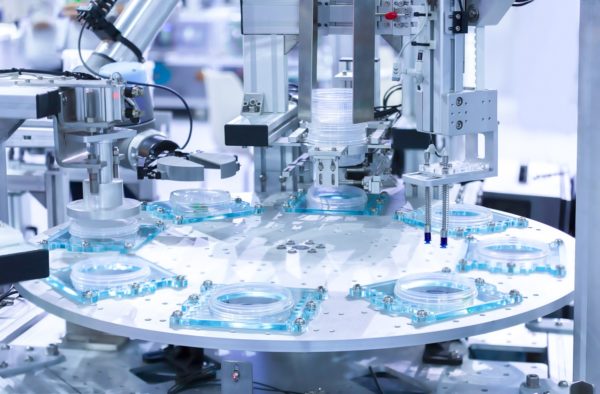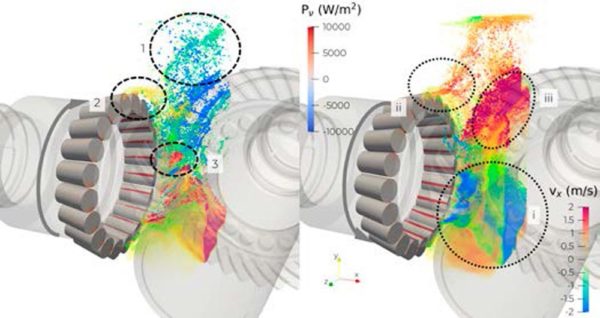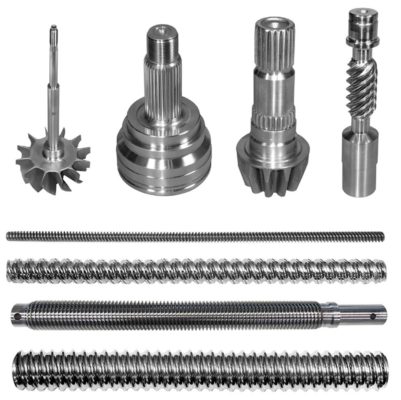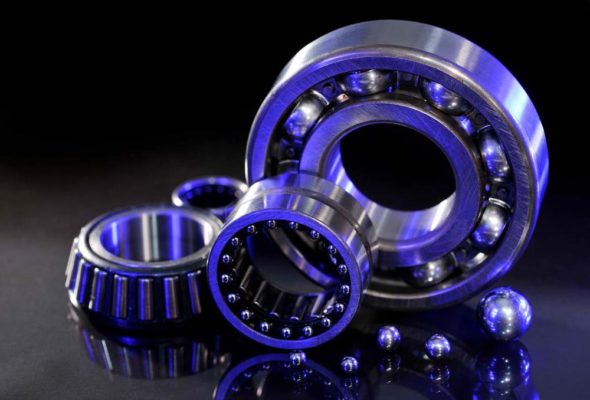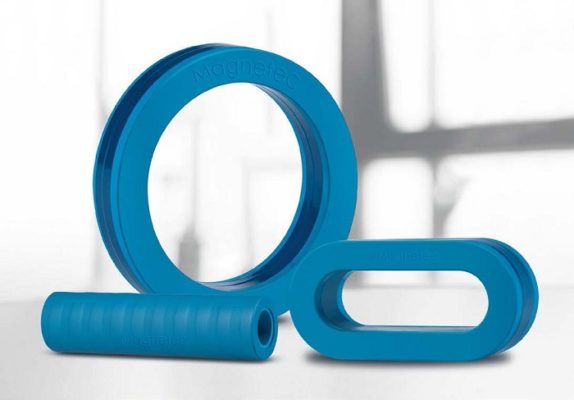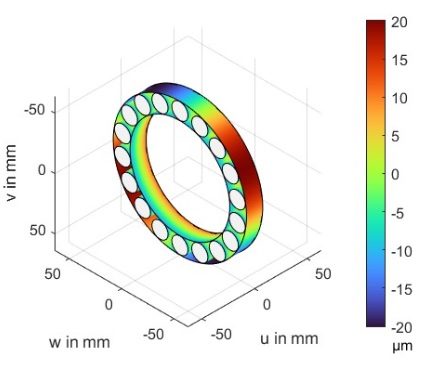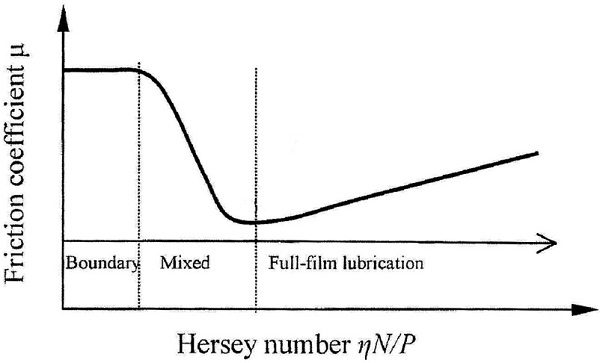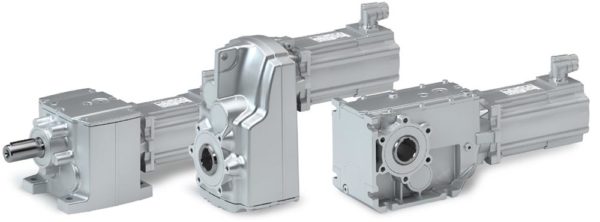Technical Articles
The often-overlooked benefits of integrating high-speed, multiaxis motion on a single shaft
Read More
Torque Limiters Promote Human Safety in Automatic Door Systems
Exploring friction and ball torque limiter designs in motorized turnstiles, sliding doors and other public-facing systems.
Precision Thread Rolling Process for High-Accuracy Lead Screws, Actuator Screws, and Power Transmission Components
The cylindrical die rolling process can produce helical, axial, and annular forms on shaft-like parts at high rates of speed with precision tolerances.
Read More
Extending Inverter-Motor Systems Service Life
Protecting electric drives from erosion caused by motor-bearing currents
Read More
